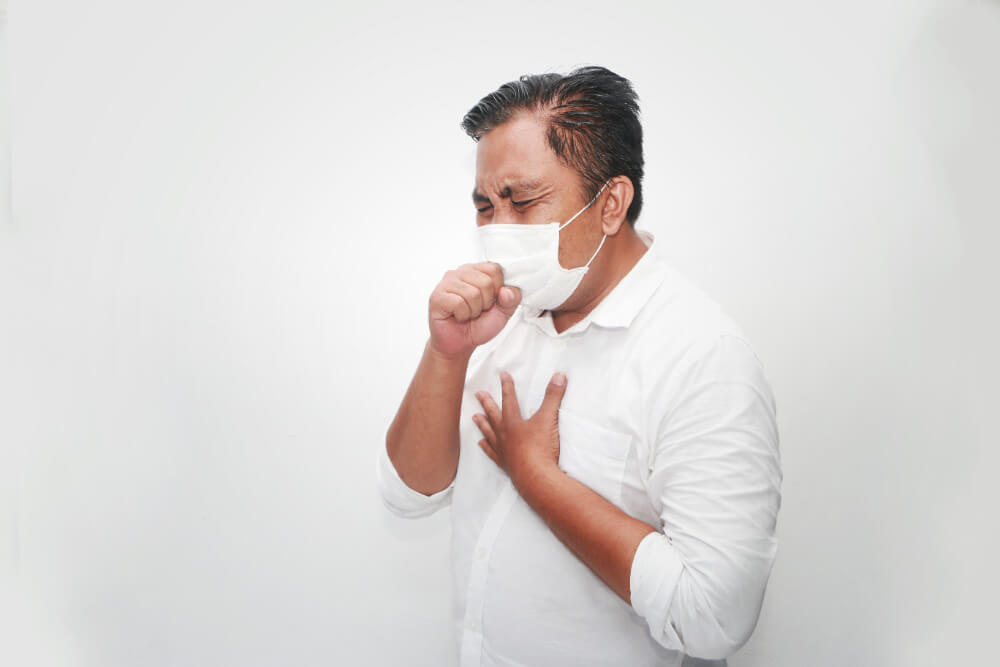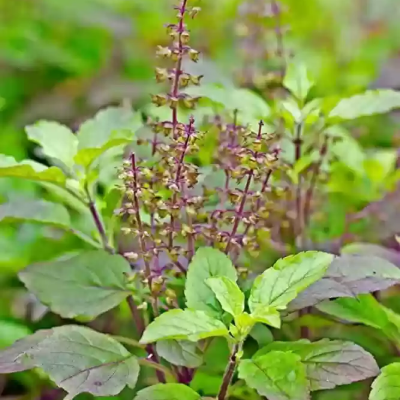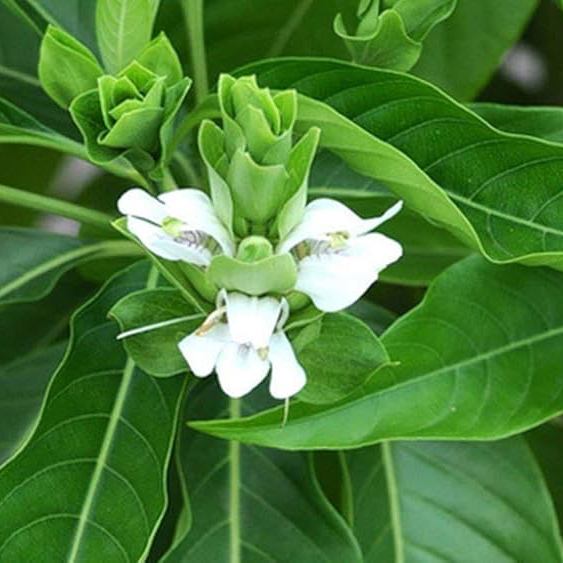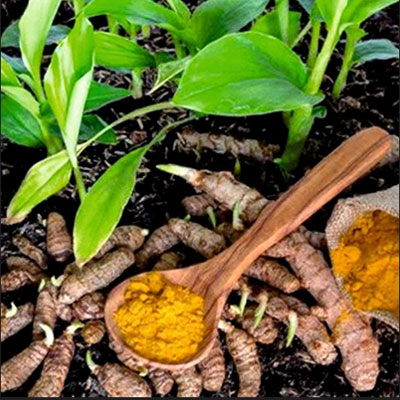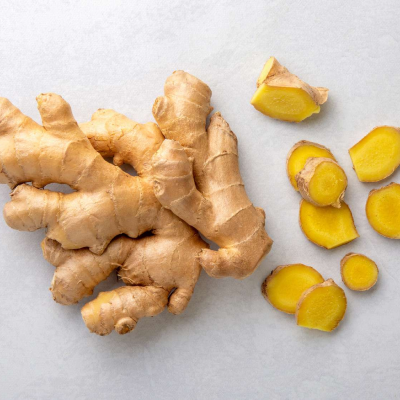Pneumonia is an infection that inflames the air sacs in one or both lungs. These air sacs, called alveoli, may fill with fluid or pus, leading to difficulty breathing and other symptoms. It can range from mild to life-threatening, particularly in vulnerable populations like young children, the elderly, and individuals with weakened immune systems.
Causes of Pneumonia
Pneumonia can be caused by:
Infectious agents
- Bacteria: Streptococcus pneumoniae is the most common cause. Others include Haemophilus influenzae and Legionella pneumophila.
- Viruses: Influenza virus, respiratory syncytial virus (RSV), and coronaviruses.
- Fungi: Histoplasma, Coccidioides, and Pneumocystis jirovecii (common in immunocompromised individuals).
- Mycoplasma: Atypical pneumonia caused by Mycoplasma pneumoniae.
Non-infectious agents
- Aspiration pneumonia: Caused by inhaling food, liquids, or vomit into the lungs.
- Chemical pneumonia: Triggered by exposure to toxic substances like chemicals or gases.
Types of Pneumonia
- Community-Acquired Pneumonia (CAP): Acquired outside of healthcare settings
- Hospital-Acquired Pneumonia (HAP): Occurs 48 hours or more after hospital admission.
- Ventilator-Associated Pneumonia (VAP): Develops in people on mechanical ventilation.
- Aspiration Pneumonia: Caused by inhaling foreign materials.
- Atypical Pneumonia: Caused by organisms like Mycoplasma pneumoniae.
- Lobar Pneumonia: Involves one or more lobes of the lungs.
- Bronchopneumonia: Involves scattered areas in both lungs.
Symptoms of Pneumonia
Respiratory symptoms
- Cough (with phlegm or pus)
- Shortness of breath
- Chest pain that worsens with breathing or coughing
- Wheezing
Systemic symptoms
- Fever and chills
- Fatigue
- Sweating
- Loss of appetite
- Confusion (especially in older adults)
Severe symptoms
- Bluish lips or fingertips (cyanosis)
- Rapid breathing or heart rate
Risk Factors
- Age: Infants and elderly individuals are more at risk.
- Chronic illnesses: Asthma, diabetes, heart disease, or chronic obstructive pulmonary disease (COPD).
- Weakened immune system: HIV/AIDS, chemotherapy, or organ transplantation.
- Smoking: Damages the lungs' ability to fight infection.
- Hospitalization: Being on a ventilator or in an intensive care unit.
- Environmental exposure: Long-term exposure to air pollution or toxic chemicals.
Diagnostic tests
- Chest X-ray: Confirms the presence of lung infection.
- Blood tests: Identify the infection source and inflammation markers.
- Sputum test: Determines the causative microorganism.
- Pulse oximetry: Measures oxygen levels in the blood.
- CT scan: Provides detailed imaging for complicated cases.
- Bronchoscopy: Used to collect lung tissue samples in severe cases.
Ayurvedic Perspective on Pneumonia
In Ayurveda, pneumonia can be correlated with Pranavaha Srotodushti (disorders of the respiratory system). The condition is associated with an imbalance of Vata, Pitta, and Kapha doshas:
- Kapha dosha: Excessive mucus accumulation in the lungs.
- Pitta dosha: Inflammation and fever.
- Vata dosha: Breathing difficulties and dry cough.
Ayurvedic Management of Pneumonia
Detoxification (Shodhana)
- Vamana (Therapeutic emesis): To expel excessive Kapha from the respiratory tract.
- Nasya (Nasal therapy): Administering medicated oils or herbal preparations.
Dietary Recommendations
- Light, warm, and easily digestible foods like soups and herbal teas.
- Avoid cold, heavy, and oily foods to prevent Kapha aggravation.
- Incorporate spices like cumin, coriander, and black pepper.
Breathing Exercises (Pranayama)
- Nadi Shodhana (Alternate nostril breathing): Improves oxygenation.
- Bhastrika (Bellows breathing): Clears respiratory passages.
Lifestyle Modifications
- Avoid exposure to smoke and pollutants.
- Maintain warmth and hydration.
- Practice yoga asanas like Bhujangasana (Cobra Pose) to enhance lung function.
Herbal Remedies
Tulsi (Holy Basil)
Helps reduce inflammation and combat infections.
Vasa (Adhatoda vasica)
Useful for cough and respiratory issues.
Haridra (Turmeric)
Anti-inflammatory and antimicrobial properties.
Ginger
Relieves congestion and inflammation.
Pippali (Long pepper)
Enhances respiratory function.
Ayurvedic Formulations
- Sitopaladi Churna: Relieves cough and congestion.
- Talisadi Churna: Effective in Kapha-related respiratory disorders.
- Dashamoola Kashaya: Reduces inflammation and fever.
Preventive Measures in Ayurveda
- Regular consumption of immunity-boosting herbs like Ashwagandha and Guduchi.
- Following a seasonal regimen (Ritucharya) to maintain doshic balance.
- Performing daily oil massage (Abhyanga) and steam inhalation.
Ayurvedic management focuses on holistic care, strengthening the body's natural defense mechanisms while alleviating symptoms. However, severe pneumonia requires immediate modern medical intervention alongside supportive Ayurvedic therapies.


